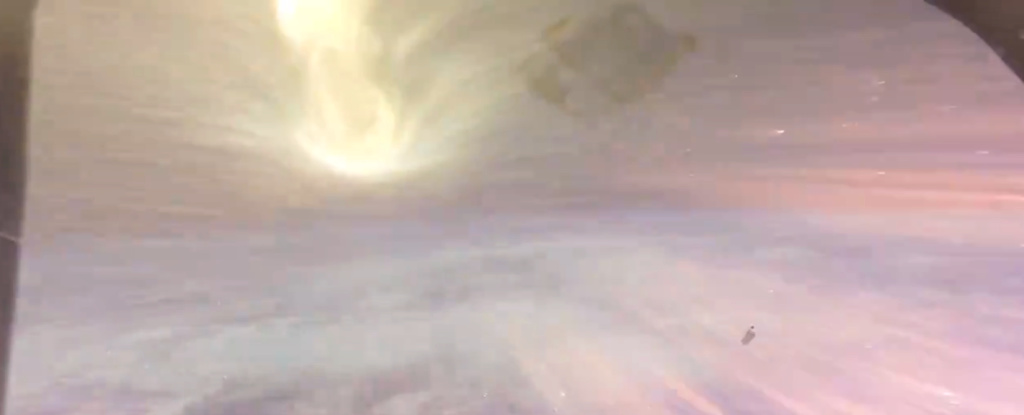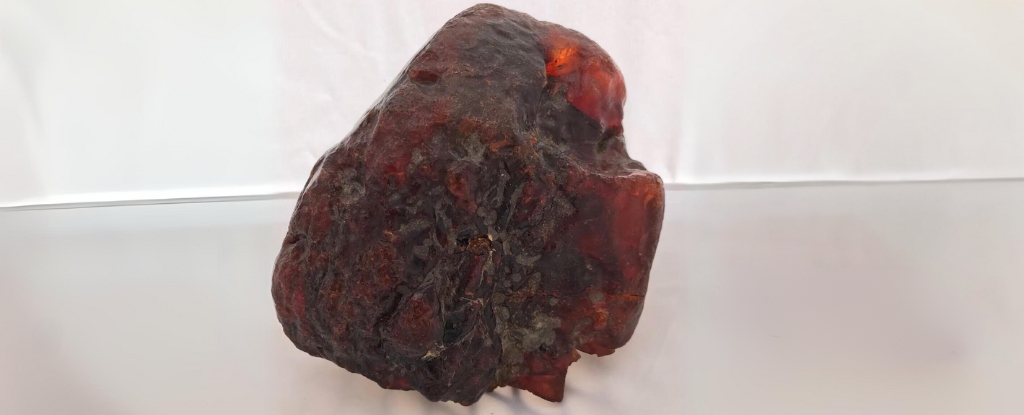NASA has just resurfaced mind-blowing footage of Orion smacking into Earth’s atmosphere at 11 kilometers (6.8 miles) per second.
That’s more than 32 times the speed of sound (!!)
The video was captured during NASA’s Artemis 1 mission last year, and it’s one of the most beautiful things we’ve seen all year.
Just feast your eyes on this:
One year ago today, NASA’s Orion spacecraft reentered the atmosphere after completing a 1.4 million-mile, 25.5 day #Artemis I mission around the Moon. View the full length video here: https://t.co/0Rn7eRETua pic.twitter.com/gX95N8Kz5J
— Orion Spacecraft (@NASA_Orion) December 11, 2023
A one-minute clip of the re-entry was shared on X this week by NASA’s Orion Spacecraft account, with a link to the full 25-minute version. The short clip has since gone viral for an obvious reason – it is freaking insane!
The uncrewed Artemis 1 mission headed to the Moon last November and served as NASA’s first test of its massive space launch system that will one day hopefully take humans back to the Moon, and eventually Mars.
Two quick things as everyone is asking the same questions:
1) the chunks are not the “ablative” heat shield. It doesn’t come off it chunks, more of a continuous burning. Those bits I believe are the low emissivity tape that wrapped Orion
2) the sudden changes and plumes are…— Chris Combs (iterative design enjoyer) (@DrChrisCombs) December 12, 2023
It was also an opportunity to put the Orion spacecraft to the ultimate test. A partially reusable spacecraft that’s designed to be crewed by up to four people.
In the Artemis 1 mission, Orion was sent empty into space for 25 days, including six days in lunar orbit, before it was boosted back to Earth – with 16 cameras on the spacecraft documenting the whole thing.
Upon its return, Orion smacked straight into Earth’s atmosphere, flaming up and producing a plasma wake behind it as it ‘skipped’ like a stone across al ake.
As Chris Combs, an aerospace engineer at the University of Texas at San Antonio – a facility that works closely with NASA – explained over on X, you can see some flaring throughout the footage, which is caused by little bits of tape burning up, and also control thrusters firing.
“Two quick things as everyone is asking the same questions,” Combs wrote on X.
“1) the chunks are not the “ablative” heat shield. It doesn’t come off [in] chunks, more of a continuous burning. Those bits I believe are the low emissivity tape that wrapped Orion.
“2) the sudden changes and plumes are control thrusters firing.”
He also added that the clicking and thumping sounds are the valves to fire the control thrusters.
Orion eventually splashed down via parachute in the Pacific Ocean on 11 December 2022.
Orion was testing a new kind of re-entry process: a ‘skip‘, which is where the spacecraft bounces off the atmosphere, allowing NASA to more carefully control where the spacecraft splashes down, regardless of where it first hits the atmosphere.
“The skip entry will help Orion land closer to the coast of the United States, where recovery crews will be waiting to bring the spacecraft back to land,” said Chris Madsen, Orion guidance, navigation, and control subsystem manager back in April 2022.
In its first mission, Orion made it 434,500 kilometers (270,000 miles) away from Earth, further than any spacecraft designed to carry humans to date.
You can see some more incredible highlights of the Artemis 1 mission in the NASA video below:
frameborder=”0″ allow=”accelerometer; autoplay; clipboard-write; encrypted-media; gyroscope; picture-in-picture; web-share” allowfullscreen>
NASA will next test crew aboard Orion in the Artemis II mission, which is scheduled to launch in November 2024. We can’t wait!





